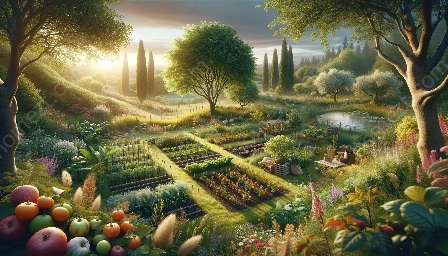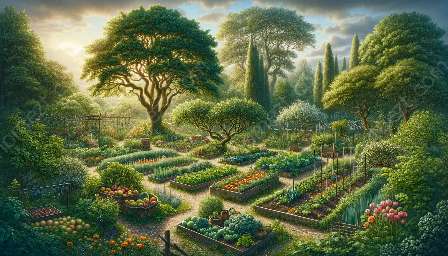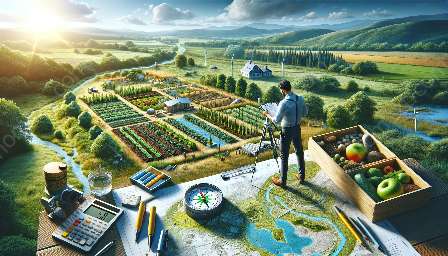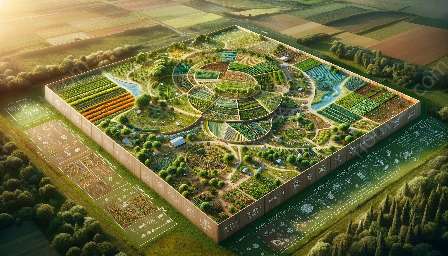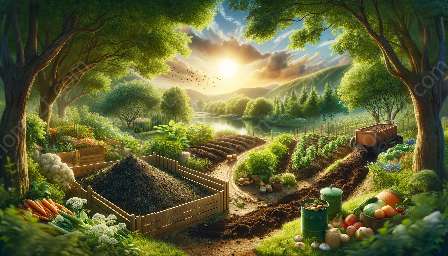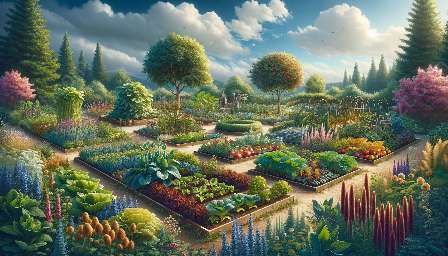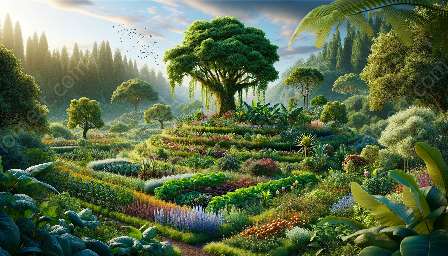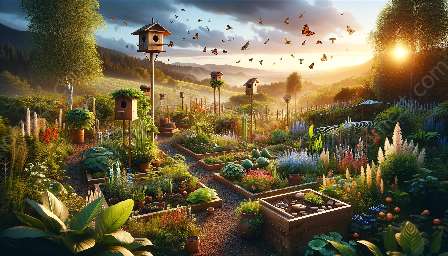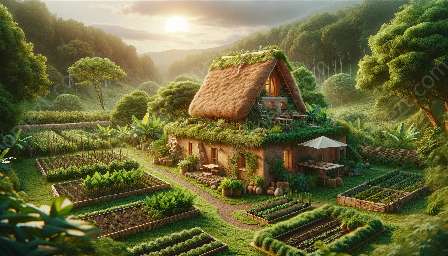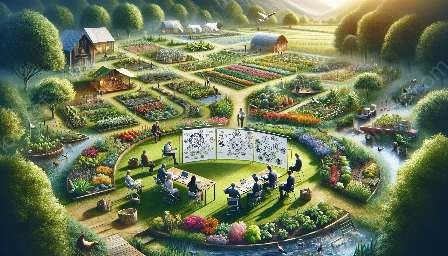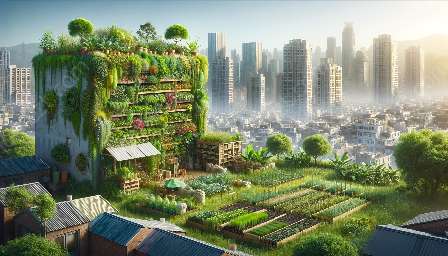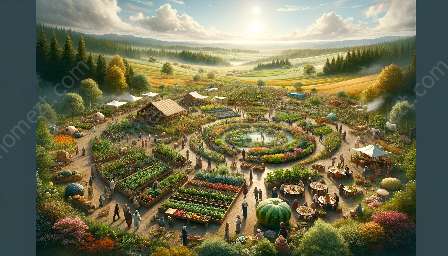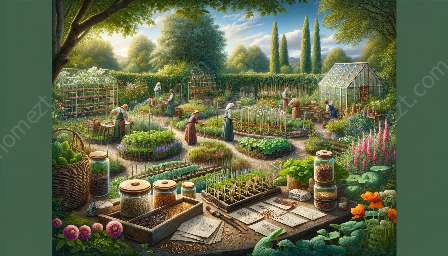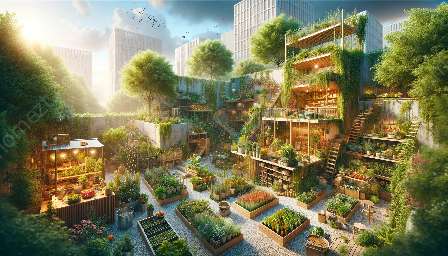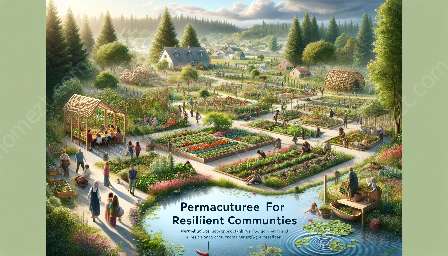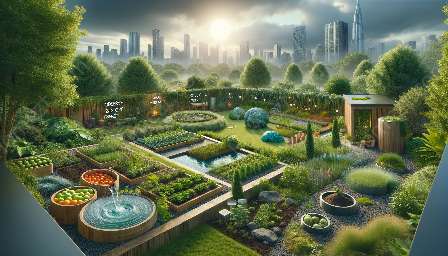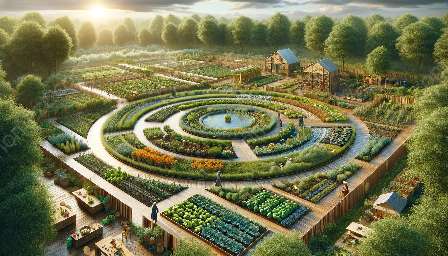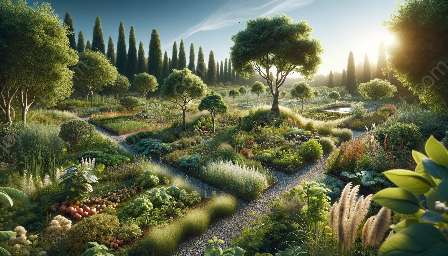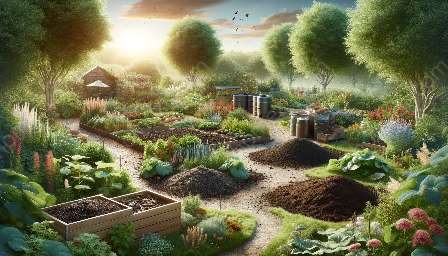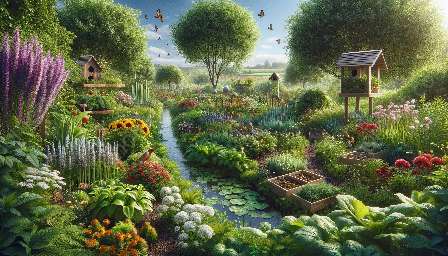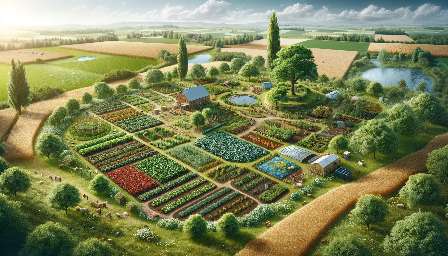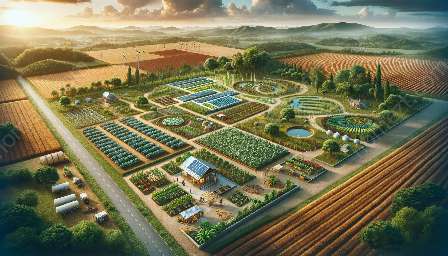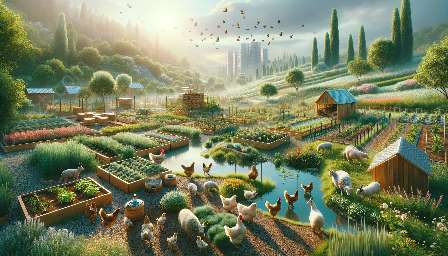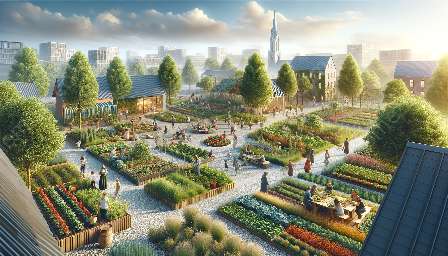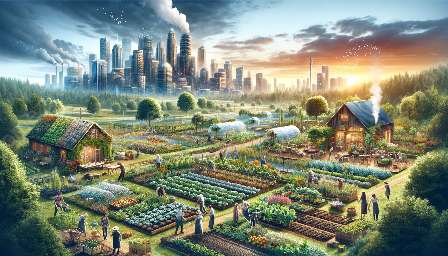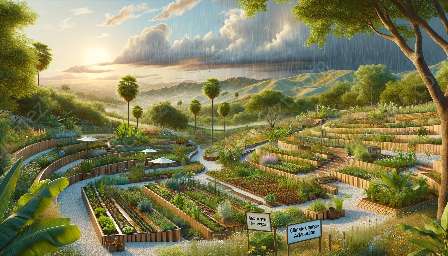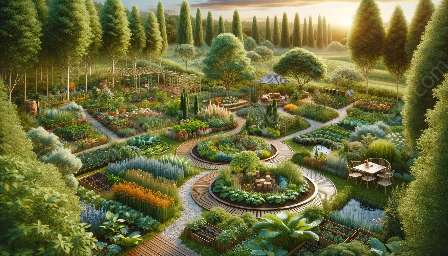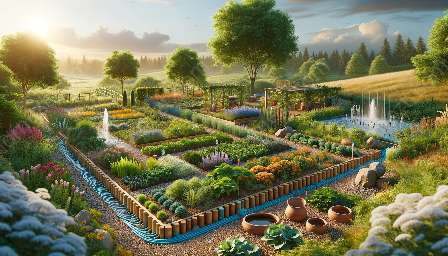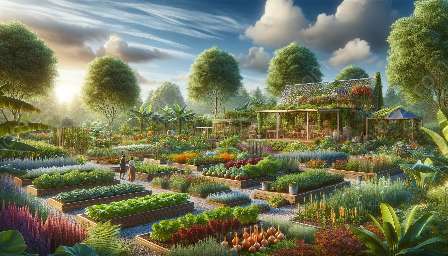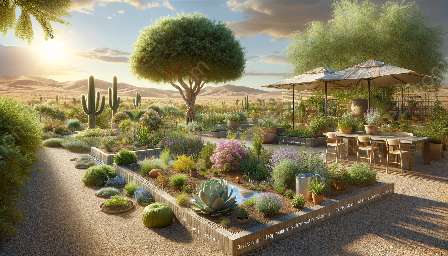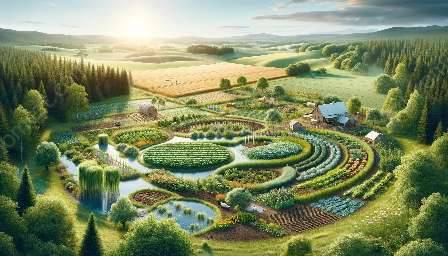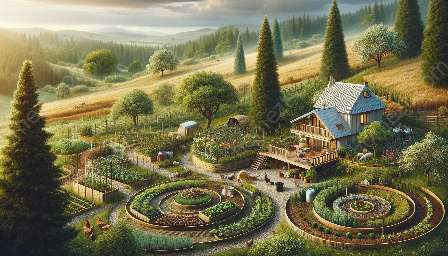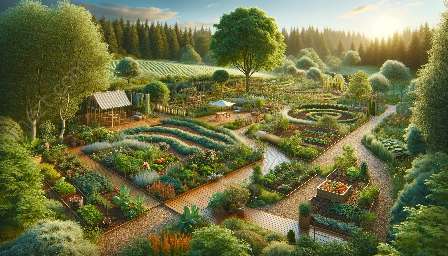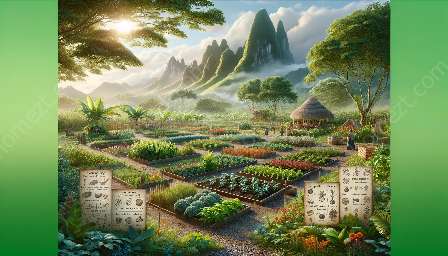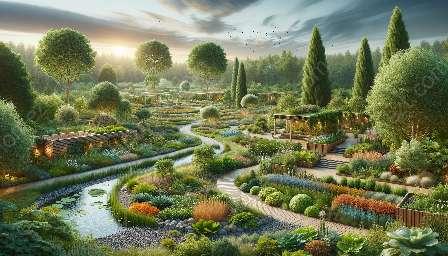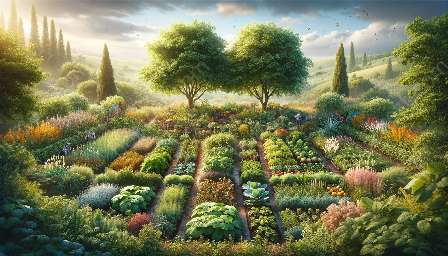Seed saving and plant propagation are integral aspects of permaculture, gardening, and landscaping, serving as vital tools for creating sustainable and resilient ecosystems. By understanding the techniques and importance of these practices, individuals can contribute to preserving genetic diversity, adapting plants to local conditions, and fostering an abundant, diverse, and healthy garden environment. This comprehensive guide explores the art and science of seed saving and plant propagation through the lens of permaculture, offering practical insights and tips for all enthusiasts.
The Art of Seed Saving in Permaculture
Seed saving is a traditional practice that involves carefully collecting, storing, and replanting seeds from the strongest and healthiest plants in a given environment. In permaculture, it holds significant importance as a means of preserving crop diversity, adapting to changing climatic conditions, and achieving food security. By selecting and saving seeds from open-pollinated and heirloom varieties, individuals contribute to conserving plant genetic resources and promoting agricultural sustainability. In permaculture, the principle of 'obtaining a yield' is exemplified through the art of seed saving, as it allows for a continuous harvest and the perpetuation of resilient plant populations.
Techniques for Seed Saving
Successful seed saving begins with the correct identification of plant species and varieties, followed by the implementation of proper techniques to ensure the preservation of genetic traits. Permaculturists and gardeners must familiarize themselves with the principles of isolation, wet and dry processing, and optimal storage conditions to maintain seed viability. Furthermore, understanding the ideal timing for seed harvest and the prevention of cross-pollination are crucial components of effective seed saving practices. By integrating these techniques into their permaculture design, individuals can establish a self-renewing cycle of plant reproduction while promoting biodiversity within their ecosystem.
The Science of Plant Propagation
Plant propagation serves as a complementary process to seed saving, enabling permaculture practitioners to expand their plant populations, cultivate unique varieties, and rejuvenate landscapes. This science encompasses various methods, including but not limited to division, cuttings, layering, grafting, and tissue culture, each presenting its own advantages and challenges. From the perspective of permaculture, the practice of plant propagation aligns with the principles of 'observe and interact' and 'use and value diversity' by encouraging the replication and preservation of diverse plant species, fostering the creation of resilient and productive ecosystems.
Implementing Sustainable Practices
Integrating sustainable practices into seed saving and plant propagation is essential for the long-term vitality of garden and landscape environments. Permaculture emphasizes the use of organic and natural farming methods, as well as the avoidance of genetically modified organisms (GMOs), in both seed saving and plant propagation processes. By working in harmony with nature, permaculturists can establish regenerative systems that promote soil health, water conservation, and biodiversity, while minimizing the need for external inputs.
Conclusion
Seed saving and plant propagation epitomize the essence of sustainable living and permaculture ethics. By embracing these practices, individuals can contribute to the preservation of genetic diversity, the promotion of local adaptation, and the creation of vibrant gardens and landscapes. Through the integration of these techniques into permaculture design and gardening endeavors, a harmonious relationship with the natural world can be fostered, leading to bountiful harvests and thriving ecosystems that serve as a testament to the interconnectedness of all living organisms.

